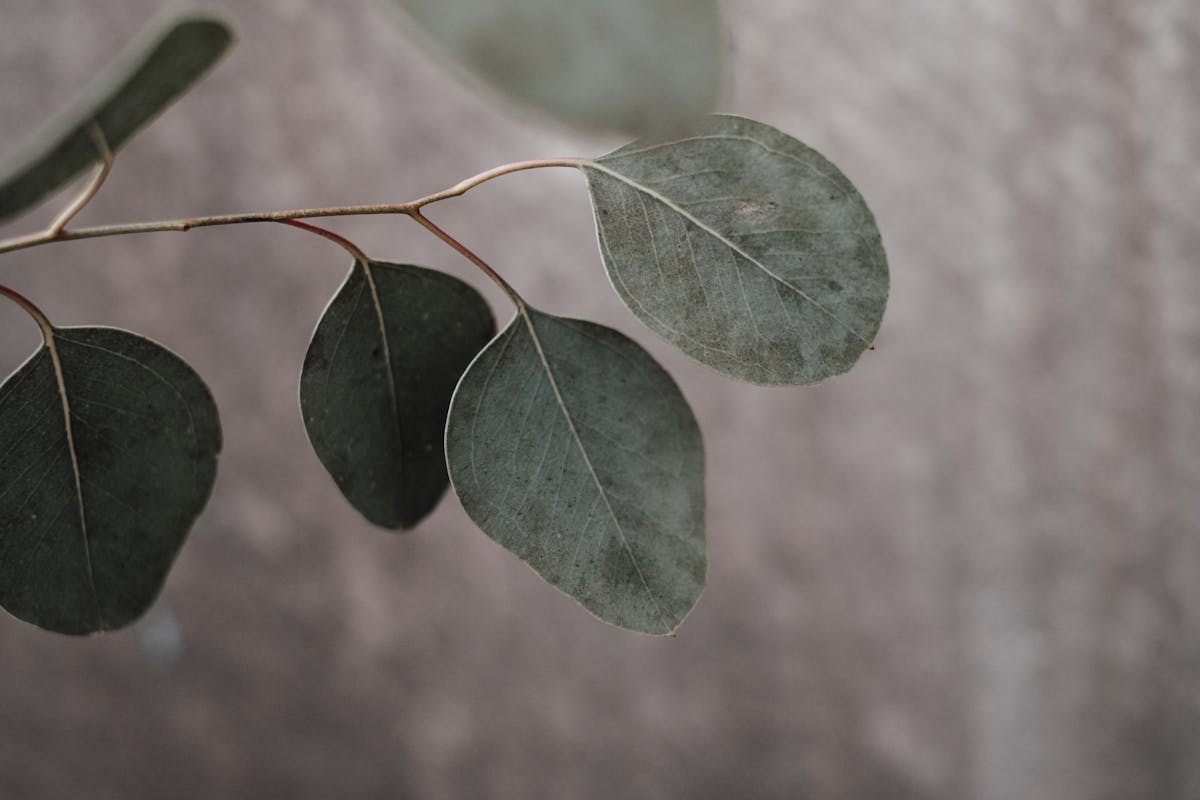In this guide, we will cover everything you need to know about propagating eucalyptus, including the best methods, timing, and care tips.
Best Methods for Propagating Eucalyptus
There are three primary methods for propagating eucalyptus: through seeds, stem cuttings, and root divisions. Each approach has unique requirements and benefits.
1. Propagating from Seeds
Seeds can be an exciting way to start new eucalyptus plants.
Step 1: Collect Seeds: If you already have a eucalyptus tree, you can collect seeds from its flower capsules. These capsules typically mature in the late summer or early fall.
Step 2: Prepare for Planting: Before planting, soak the seeds in warm water for 24 hours to encourage germination. Prepare a seed-starting mix or a blend of peat and perlite.
Step 3: Sowing Seeds: Fill a shallow tray or pots with the planting mix. Scatter the soaked seeds on top and lightly press them into the mix. Do not cover them completely, as eucalyptus seeds need light to germinate.
Step 4: Maintain Moisture: Keep the soil consistently moist but not soggy. Place the tray in a warm area with indirect sunlight. Germination can take anywhere from 2 to 4 weeks.
2. Propagating from Stem Cuttings
Stem cuttings are a popular and effective method for propagating eucalyptus.
Step 1: Choose the Right Cutting: In late spring or early summer, select healthy, non-flowering stems from a mature eucalyptus tree. Your cutting should be about 4-6 inches long with at least two leaves.
Step 2: Prepare the Cutting: Remove the leaves from the bottom half of the cutting to prevent rot when placed in soil. You can dip the cut end in rooting hormone for enhanced success.
Step 3: Plant the Cutting: Use a well-draining potting mix, like a combination of potting soil and sand or perlite. Insert the cut end into the soil, making a hole first to avoid damaging the cutting.
Step 4: Water and Cover: Water the newly planted cutting thoroughly and cover it with a plastic bag or container to maintain humidity. Place it in a bright, indirect light location.
Step 5: Monitor Growth: Check regularly for moisture and condensation. After a few weeks, roots should develop, indicated by new growth.
3. Propagating through Root Divisions
While less common, root divisions can be a viable method for established eucalyptus plants.
Step 1: Identify a Mature Plant: Choose a healthy eucalyptus plant that can spare portions of its roots.
Step 2: Dig Up the Root Ball: Carefully dig around the base of the plant. Lift it out of the ground, trying to keep as much of the root system intact as possible.
Step 3: Divide the Roots: Using sharp, sterilized tools, cut the root ball into sections, ensuring that each section has a healthy root and shoot.
Step 4: Replant: Plant each section immediately in well-drained soil in your garden or in separate pots.
Care Tips for Newly Propagated Eucalyptus
After successfully propagating eucalyptus plants, it’s important to provide proper care to ensure their thriving growth.
Watering: Keep the soil slightly moist, especially during the first few weeks. Avoid overwatering, as eucalyptus prefers well-draining conditions.
Light: Eucalyptus loves bright light. If indoors, place it near a south-facing window. Outdoors, choose a location that receives full sun.
Fertilizing: Once your plants are well established, feed them with a balanced fertilizer during the growing season to support healthy growth.
Pruning: Regular pruning will help your eucalyptus plants develop a fuller shape and encourage bushier growth. It also prevents them from becoming leggy.
Pest Management: Keep an eye out for pests like aphids and spider mites. Treat infestations promptly with insecticidal soap or natural remedies like neem oil to keep your plants healthy.
Common Challenges in Eucalyptus Propagation
While propagating eucalyptus can be straightforward, there are some challenges you may encounter. Being aware of these can help you tackle them effectively.
1. Poor Germination Rates
If you’re propagating from seeds and experience low germination rates, consider the following tips:
Fresh Seeds: Use the freshest seeds possible, as eucalyptus seeds have a limited shelf life. If harvesting from a tree, do so just before planting.
Proper Soaking: Ensure you soak the seeds adequately before planting to enhance germination.
2. Cutting Rot
Cuttings can rot if kept in overly moist conditions. Prevent this by:
Well-Draining Soil: Use a lightweight, well-draining potting mix to allow excess water to escape.
Air Circulation: Ventilate the humidity cover regularly by removing it for short periods to allow air circulation.
3. Insufficient Light
Eucalyptus plants require bright light for optimal growth. If your cuttings are not thriving:
Move to a Brighter Location: Adjust their position to receive more sunlight, but avoid direct harsh sunlight that could scorch the leaves.
Conclusion
Propagating eucalyptus can bring joy to your gardening journey, providing you with beautiful plants that enhance your outdoor or indoor space. By using seeds, stem cuttings, or root divisions, you can expand your collection and perhaps even share your knowledge with fellow gardening enthusiasts.
Remember that every method has its unique steps and potential challenges, but with patience and care, you can successfully propagate eucalyptus. As these plants grow, take pride in nurturing them from small cuttings or seeds into flourishing trees or shrubs.





